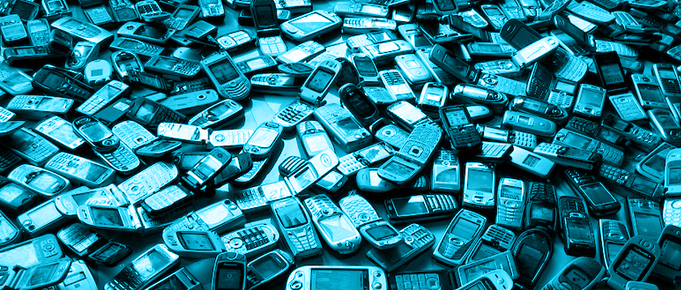6 facts about e-waste you NEED to know
It seems that if you put an ‘e’ in front of a word these days, it changes the whole context of it. Well, that is true actually.
‘E-waste’ is something that we are all dealing with, every day, and in order to protect our identities, our business, our clients, we should ensure that we deal with it correctly.
What is E-Waste?
The official meaning is “any discarded electronic or electrical devices or their parts.” That includes computers, hard drives, USBs, CDs, mobile phones, tablets, modems, and in todays technological environment, we all have at least one of this as a personal device. In Australia, many of us own three individual personal devices – a computer, a laptop, and a mobile phone.
That’s a lot of personal information that we have stored. We are responsible for protecting our identity, and securely destroying any information left on these devices when we upgrade or get a new screen. So here are some facts about digital data destruction you should know, so you can keep your private information just that, private.
6 facts about e-waste you should know
1. Removing a SIM card won’t delete the information from your phone. Even if you wipe the memory of the phone, hackers can still retrieve data. The only way to keep records private is to physically and securely destroy your old mobile phone.
2. Removing a SIM card won’t protect the information from your laptop. Who uses their tablet or ipad to do their online banking? Lots of us. The same applies as for your phone – sophisticated hacking technology can access details from old tablets even if we think they have been completely wiped. There is no need to risk it, just have it destroyed for peace of mind.
3. Destroying e-waste properly helps the environment. Computers and other hardware items contain potentially hazardous materials, including lead, cadmium and mercury, which should be managed in a safe manner. Having your computer properly destroyed means it will be recycled and not sit in landfill.
4. Australians are among the highest users of technology in the world, and consequently, appropriate management of old technology is paramount. Currently, Australians buy more than 4 million computers per year.
5. Between 2008 and 2009, just under 16 million computers reached the end of their life. Only 1.5 million were properly destroyed and recycled. That’s a lot of information out there for the taking, and a lot of hazardous material potentially harming our environment.
6. By 2027 44 million computers and / or televisions will reach the end of their expected life. That is 181,000 tonnes of dumped technology. What a waste.
Protect yourself, your business, and your clients by managing the destruction of digital data properly, once and for all. And while you are doing so, pat yourself on the back, because you are also helping the environment, and our future.
